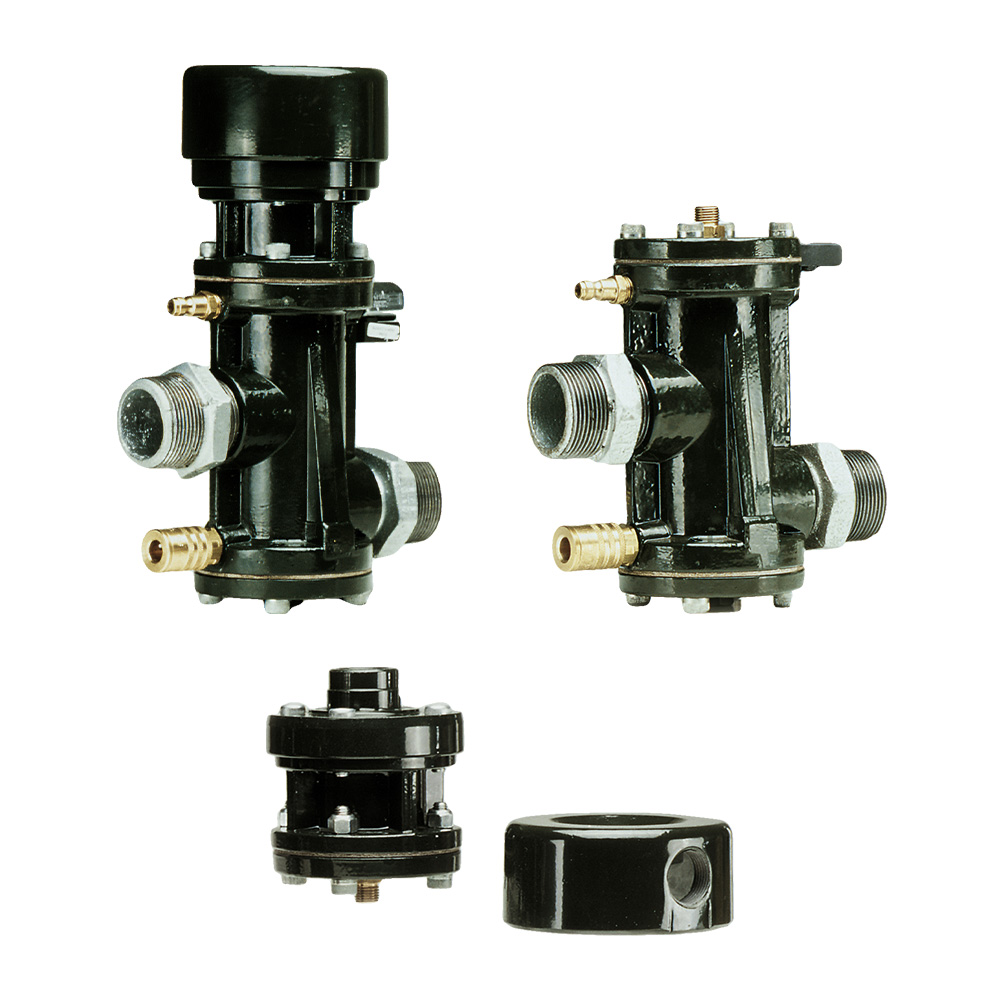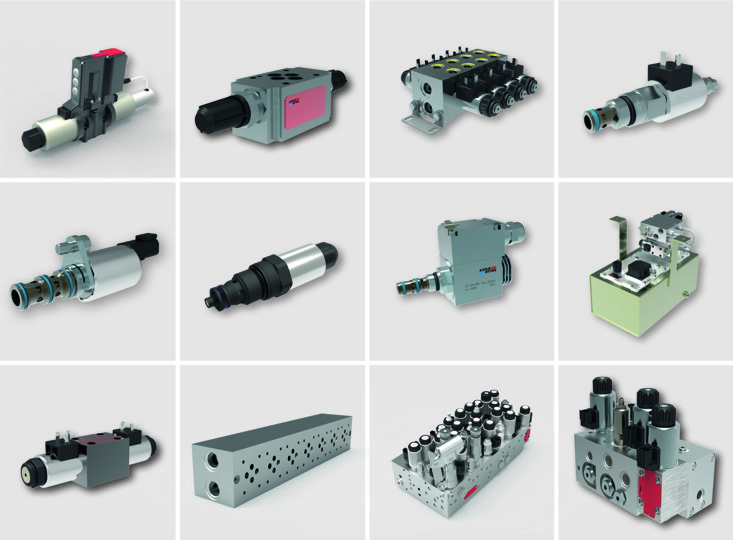Enhancing System Control with High-Performance Control Valves
Enhancing System Control with High-Performance Control Valves
Blog Article

Maximize Energy Cost Savings and Comfort With Advanced Structure Automation Controls
In the realm of modern-day style and center monitoring, the integration of innovative building automation manages stands as a critical innovation. By utilizing the power of automation, structures can adjust, respond, and evolve in methods that were when unthinkable.
Power Performance Advantages
Energy performance advantages can dramatically decrease power usage and functional expenses in buildings. By applying energy-efficient techniques and modern technologies, structure owners and operators can achieve significant cost savings while additionally adding to ecological sustainability. Among the primary benefits of enhancing power effectiveness in buildings is the reduction of energy expenses. Energy-efficient systems, such as innovative building automation controls, can enhance using resources like heating, lighting, and cooling, leading to reduced power expenditures with time.
Moreover, boosted energy efficiency can extend the life expectancy of structure devices and systems. By operating a lot more effectively, heating and cooling systems, lighting fixture, and various other building elements experience much less deterioration, leading to decreased upkeep and replacement costs. Additionally, energy-efficient structures typically regulate greater building values and rental rates, offering lasting financial benefits to proprietors.
Moreover, energy performance can enhance resident convenience and productivity. Properly regulated indoor settings with optimal lighting and thermal conditions develop an even more pleasant and favorable office, resulting in improved employee satisfaction and performance. Overall, the power performance advantages related to sophisticated structure automation controls are diverse, encompassing cost financial savings, environmental stewardship, and passenger wellness.
Enhanced Convenience Control
Enhancing convenience control in building environments calls for a sophisticated combination of innovative automation systems for ideal passenger health. By utilizing innovative structure automation controls, facilities can customize the indoor atmosphere to fulfill the specific requirements and preferences of residents. These systems allow precise law of temperature level, ventilation, and lights, developing a efficient and comfortable ambience. Occupant complete satisfaction and efficiency are very closely linked to thermal comfort, making it vital to have systems in position that can adapt to altering conditions in real-time.
Enhanced comfort control goes past basic temperature changes. It includes features such as tailored setups, occupancy sensors, and natural light application to create a receptive and dynamic atmosphere. By including these innovative controls, structures can not just boost convenience however likewise enhance energy performance by enhancing system procedures based upon real tenancy and use patterns. Ultimately, focusing on owner comfort via advanced automation systems leads to an extra satisfying and much healthier indoor environment.
Functional Performance Improvements

Furthermore, the implementation of real-time tracking and analytics tools allows structure operators to identify energy inadequacies and functional abnormalities quickly. By continually keeping an eye on energy use patterns and system performance metrics, changes can be made in real-time to enhance power consumption and make certain peak functional efficiency. control valves. In addition, including need response strategies right into structure automation controls can additionally improve operational effectiveness by dynamically changing power use based upon grid problems and pricing signals
Indoor Climate Optimization
Effective interior climate optimization is a basic element of structure automation controls, making sure occupants' comfort and well-being while making best use of energy financial savings. By making use of innovative more helpful hints sensors and controls, constructing automation systems can continually change and monitor temperature, moisture levels, air top quality, and air flow to produce an optimal indoor environment. Maintaining comfy and consistent problems not only boosts owner contentment yet additionally boosts efficiency and overall wellness.
Indoor climate optimization also plays an important function in power performance. By fine-tuning ventilation, home heating, and cooling systems based upon real-time data and tenancy patterns, building automation controls can significantly decrease power intake - control valves. Applying strategies such as demand-controlled ventilation and thermal zoning can aid reduce power waste while making certain that each area of the structure obtains the essential conditioning.

Lasting Environment Production
Structure automation manages not just maximize indoor climate conditions for power efficiency and owner convenience however likewise lay the structure for creating a sustainable atmosphere with calculated monitoring of sources and systems. By integrating sophisticated building automation innovations, such as sensing units, actuators, and smart software program, facilities link can change and keep track of energy usage in real-time to lessen waste and minimize their carbon footprint. These systems enable predictive maintenance, recognizing possible concerns before they rise and enhancing devices efficiency to enhance durability and efficiency.
Moreover, sustainable atmosphere production expands past power administration to incorporate water preservation, waste decrease, and indoor air high the original source quality improvement. Building automation controls can manage water usage, discover leakages, and ensure appropriate garbage disposal practices, adding to total sustainability efforts. Additionally, by checking and regulating air flow and filtering systems, these technologies improve owner health and wellness and efficiency while reducing power intake connected with cooling and heating operations.
Conclusion
Finally, advanced structure automation manages deal substantial benefits in regards to power cost savings, comfort control, functional efficiency, indoor environment optimization, and producing a lasting environment. By applying these controls, buildings can attain optimum performance while reducing energy usage and improving owner convenience. It appears that the use of innovative automation technology is essential in enhancing structure performance and producing an extra lasting future.
Energy efficiency advantages can substantially reduce energy intake and operational costs in structures. On the whole, the power efficiency benefits connected with advanced building automation controls are diverse, including expense savings, ecological stewardship, and resident health.
Furthermore, incorporating demand response strategies right into structure automation controls can better boost functional efficiency by dynamically changing energy usage based on grid conditions and pricing signals.
Building automation controls not only maximize indoor environment problems for energy effectiveness and passenger convenience yet additionally lay the foundation for creating a lasting atmosphere through tactical monitoring of systems and resources.In final thought, progressed structure automation manages deal substantial advantages in terms of energy savings, comfort control, functional efficiency, interior environment optimization, and developing a lasting setting.
Report this page